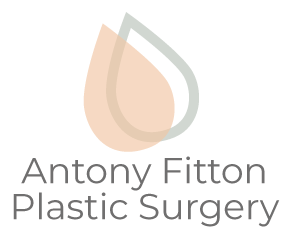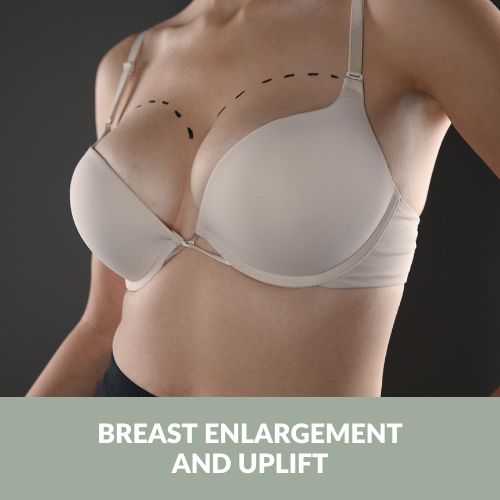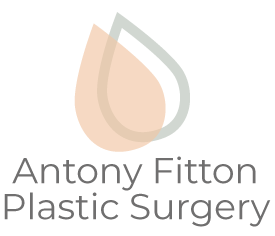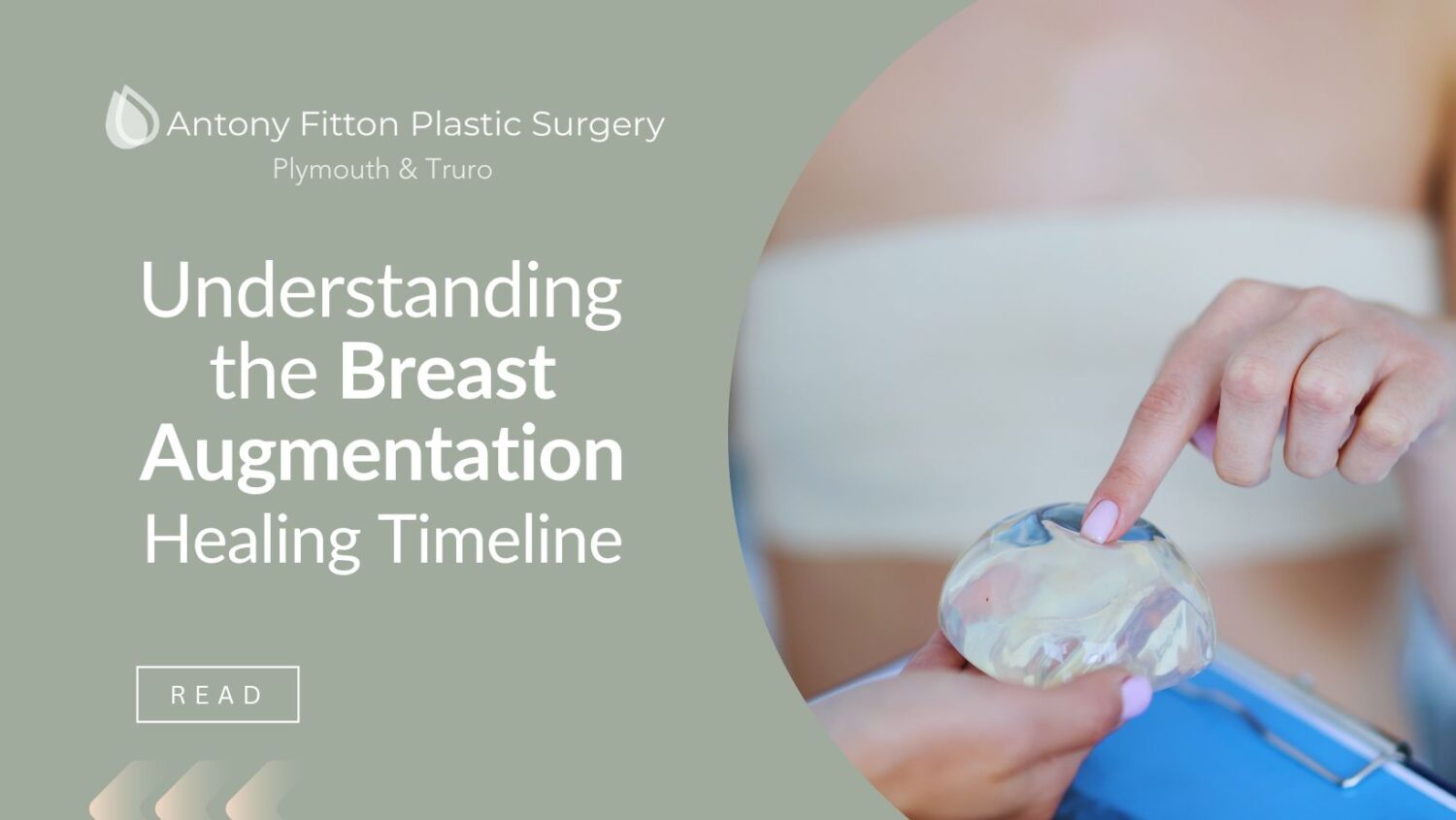
Breast Augmentation Healing Timeline: What to Expect
What to Expect in the First 24 Hours
Right after your breast augmentation surgery, you’ll spend time in the recovery room where you will be closely monitored by medical professionals. The effects of anaesthesia will gradually wear off, and this is often accompanied by a range of sensations. It is normal to experience grogginess, drowsiness, and some disorientation. Expect some discomfort, swelling, and possibly bruising, which are normal.
Patients will typically remain in the recovery facility for several hours, allowing healthcare providers to assess their initial recovery and manage any immediate post-operative issues.
Before discharge, comprehensive post-surgical instructions are given to ensure that patients and their caregivers understand the steps needed to facilitate optimal healing.
Managing Pain and Discomfort
Pain management is a critical aspect of the first 24 hours post-operation. Mr Fitton will prescribe pain medication to ease discomfort and help you rest more comfortably. It is crucial to adhere strictly to the prescribed dosage to avoid any complications. In addition to medication, the application of ice packs to the surgical area can help reduce swelling and alleviate pain.
Positioning the body correctly while resting is also essential. Patients are advised to sleep on their back with their upper body elevated. Propping up with pillows can offer additional support, minimising pressure on the chest and enhancing comfort during sleep.
Essential Post-Operative Care
Post-operative care should start immediately to ensure a successful recovery. Mr Fitton will provide a a surgical bra or compression garment to support the breasts and aid in reducing swelling.
This should be worn as directed by Mr Fitton. Bandages or dressings covering the incisions must be kept clean and dry to prevent infection.
Hydration and nutrition should not be overlooked during the immediate post-surgery phase. Staying hydrated and consuming healthy, light meals can promote healing and help in regaining strength. It is advised to avoid alcohol and caffeine, as these can impact recovery negatively.

The First Week of Recovery
The first week after breast augmentation surgery is an integral part of the healing timeline. During this period, noticeable changes in physical appearance and comfort levels occur as the body begins to adapt to the implants and recover from surgery.
Swelling and Bruising
Swelling and bruising are common within the first week of recovery and may differ in severity from person to person. These are normal physiological responses to surgery and should gradually lessen over time. Elevation and the use of cold compresses can help manage these symptoms effectively.
It is important to refrain from any activities that may exacerbate swelling or cause additional strain on the surgical site. Keeping the upper body relatively still and avoiding heavy lifting or strenuous movements can significantly contribute to reducing swelling during this critical stage.
The Importance of Rest
Rest is an indispensable component of the recovery process during the first week. Patients should prioritise downtime and avoid any tasks or responsibilities that could hinder healing. Adequate rest not only aids physical recovery but also supports mental well-being during this transformation period.
Incorporating short walks around the house can encourage blood circulation without overexerting the body. Gradually reintroducing light activities as advised by a healthcare professional will also enhance recovery while preventing stiffness.
Follow-Up Appointments with Mr Fitton
Regular follow-up appointments with Antony Fitton are imperative during the first week of recovery. These consultations provide an opportunity for the medical professional to assess the patient’s healing progression and address any concerns or unexpected developments. During these visits, Mr Fitton may check the incision sites, remove or change bandages, and provide further instructions for continued recovery.
These appointments also establish a communicative relationship between the patient and Mr Fitton, enabling timely adjustments to care plans if needed. Keeping a diary of symptoms, questions, and progress can help make the most of these consultations, ensuring a comprehensive understanding of the healing timeline.
Understanding each stage of the breast augmentation healing process is vital for a safe and comfortable recovery. By following post-surgery care instructions diligently and maintaining open communication with healthcare professionals, patients can navigate the recovery timeline with confidence and achieve the desired outcome of the procedure.

Weeks 2-4: Returning to Normal Activities
As you enter the second to fourth weeks post-surgery, you may start to notice improvements in how you feel and look. During this period, many individuals find they can gradually return to some of their normal activities. However, it is crucial to balance activity and rest to promote optimal healing and avoid complications. It is important to follow Mr Fitton’s specific recommendations during this phase, as every individual’s recovery process may differ.
Resuming Light Exercises
In weeks 2 to 4, many individuals feel well enough to reintroduce light exercises into their routines. This can be beneficial for both physical and mental well-being. However, it’s vital to listen to your body and avoid pushing yourself too hard. Gentle activities such as walking or mild stretching can increase blood circulation, which aids healing.
– Start Slowly: Begin with small, low-impact activities such as brief walks.
– Avoid Upper Body Strain: Refrain from lifting, pushing, or pulling heavy objects, as these can put undue strain on your healing body.
– Monitor Your Body’s Response: If you feel pain or discomfort, scale back your activity and consult Mr Fitton if necessary.
Watching for Signs of Infection
During this phase of recovery, it remains essential to be vigilant for any signs of infection. Early detection and treatment can prevent further complications and ensure a smooth recovery process. Common indicators of infection include:
– Redness or Swelling: Some swelling is normal, but significant increases or spreading redness may be a concern.
– Unusual Warmth: Feelings of warmth around the surgical site can signal infection.
– Discharge or Fever: Pus or a higher-than-average temperature should warrant contacting your healthcare provider immediately.
Prompt attention to these signs can safeguard your healing journey and provide peace of mind.
Incorporating Scar Care
As your body heals, the formation of scars is a natural part of the process. Caring for your scars can aid in reducing their appearance over time and is an important aspect of post-surgery care.
– Keep Scars Moisturised: Apply gentle moisturisers or silicone gel as recommended by your surgeon, which can help soften scar tissue.
– Protect from Sun Exposure: Use sunscreen to prevent pigmentation changes, as direct sun on new scars can cause them to become darker.
– Avoid Picking: Refrain from scratching or picking at the scars to avoid irritation and potential infections.
By incorporating consistent scar care practices, you can contribute positively to the aesthetic outcome of your surgery.
Long-Term Recovery and Final Results of Breast Augmentation
Though the initial recovery may take a few weeks, full recovery from breast augmentation can take several months. During this time, it’s essential to adhere to your surgeon’s advice for optimal healing. Here are a few factors to consider:
– Scar Care: Scars will gradually lighten over time. Use recommended creams or treatments to promote healing.
– Follow-Ups: Regular check-ups with Mr Fitton ensure everything is progressing as expected.
– Activity Level: Gradually reintroduce activities. High-impact exercises should be resumed only when advised by your healthcare provider.
The final results of breast surgery can often be appreciated after a few months, once swelling dissipates and the breasts settle into their new shape. Patience is crucial, as every individual’s healing timeline varies.
Plastic surgery can be a life-changing decision, offering both cosmetic and functional benefits.
However, it is crucial to have accurate information and realistic expectations. Consulting with a certified and experienced plastic surgeon is the best course of action to ensure you receive personalised advice and clear answers to any queries.
– Educate Yourself: Research procedures thoroughly.
– Prepare for Recovery: Understand the time and effort needed for healing.
– Prioritise Your Safety: Choose reputable clinics and experienced professionals.
Ultimately, informed decision-making plays a vital role in achieving satisfactory results in any cosmetic procedure.
For a no-obligation quote
For a no-obligation quote, tailored specifically to you, please book in for your consultation with Mr Fitton. Your requirements will be discussed in full confidence in a friendly and relaxed atmosphere.
Following your consultation, the price you are quoted includes everything and there are no extra or hidden costs. Advice, treatment and aftercare are all part of our package to ensure your experience is positive from beginning to end.
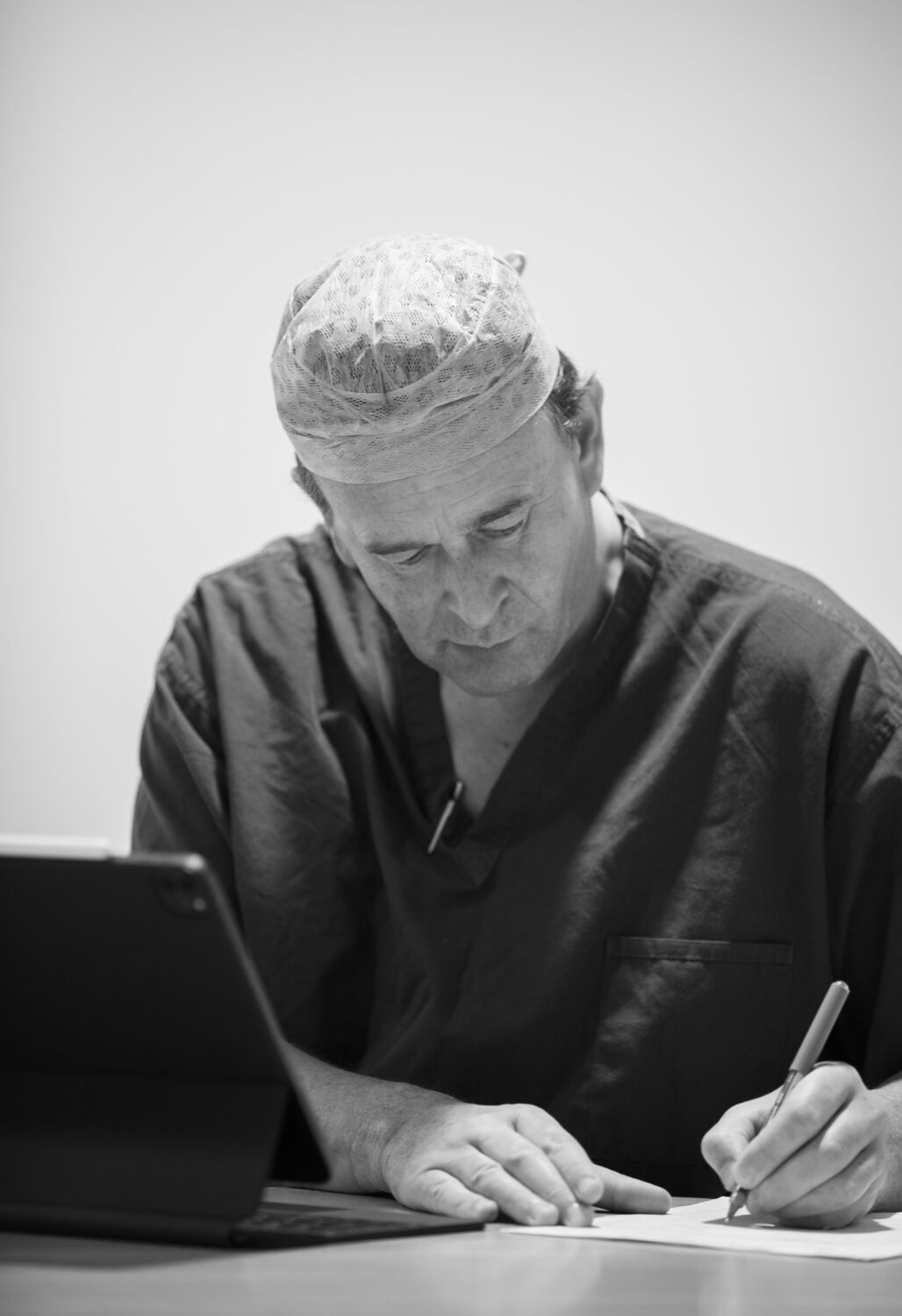
About your Plastic Surgeon: Mr Antony Fitton
MB, BS(hons)., MD., FRCS(eng)., FRCS(plast).
Mr Antony Fitton qualified at the Royal London Hospital in 1989 with distinction in Surgery. He holds an MB, BS(Hons)., MD., FRCS(eng). and FRCS(plast). (Fellowship at the Royal College of Surgeons).
He is a member of BAPRAS (British Association for Plastic, Reconstructive and Aesthetic Surgeons), BAAPS (British Association for Aesthetic Plastic Surgeons), and BSSH (British Society for Surgery of the Hand).
Mr Fitton has received the Paton & Masser Award and the CM Matthews Award from the Royal College of Surgeons of England for his research in nerve injury.
Mr Fitton is licensed as a Plastic and Reconstructive Surgeon by the GMC.

- 0% Finance Available
- Consultations and treatments are available at either the Nuffield Health Hospital, Plymouth or the Duchy Hospital, Truro
- Care Quality Commission Regulated
- GMC Specialist Registered Surgeon
- BAPRAS, BAAPS and BSSH member
- Registered MD
Life-changing result
"I just wanted to thank you (and your team) for the life-changing result of my top surgery. This will provide me with the freedom that I’m excited to enjoy, including being able to go swimming and actually staying cool in summer! All jokes aside, you have helped to mark a new chapter in my life, for which I am incredibly grateful… ALL the best."
Our appearance has an impact on how others perceive us. We are experts in creating an improved version of you. You can click on the procedure below for more information.
Body surgery (or contouring) can involve all or one of the following, with a prime focus on areas such as the buttocks, tummy, thighs, arms, and breasts. Click on the links below for more information.
There are several different types of hand surgery but all aim to restore functionality while making the hand look as normal as possible. Click on the links below for more information.

Should I Lose Weight Before a Tummy Tuck?
Discover if you should I lose weight before a tummy tuck and if it can enhance your surgery results
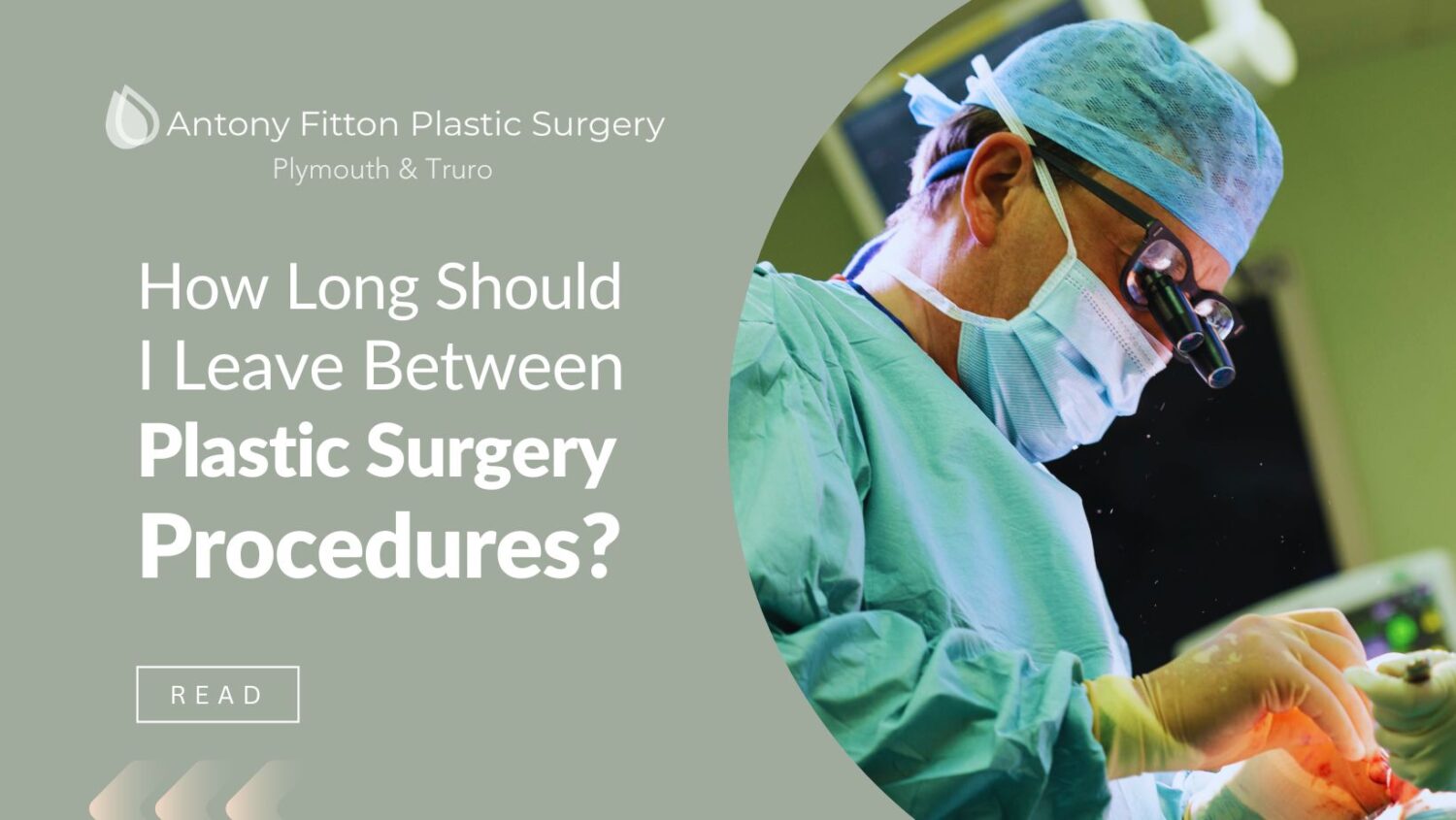
How Long Should I Leave Between Plastic Surgery Procedures?
Discover how long you should leave between plastic surgery procedures for optimal recovery and effec
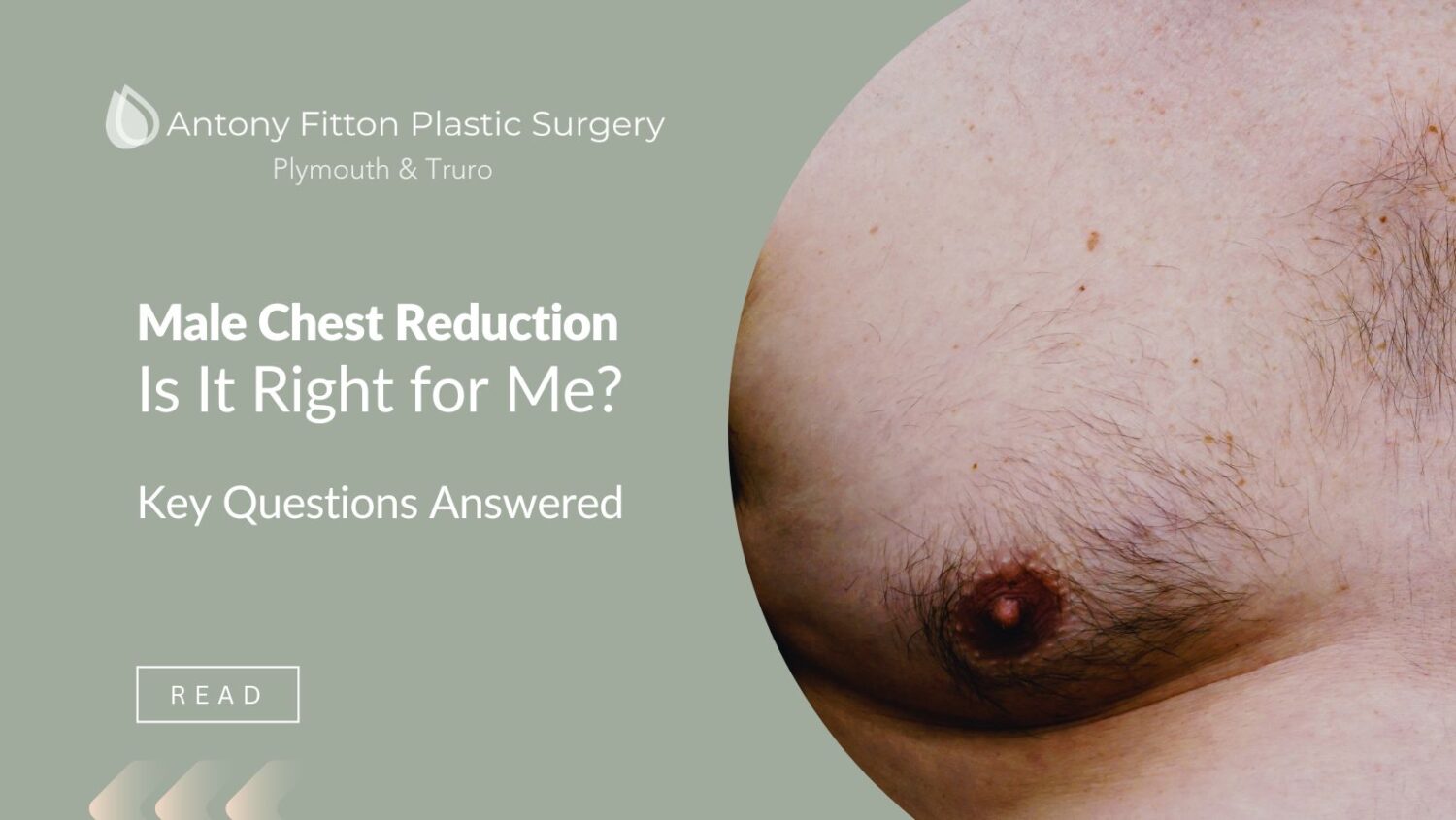
Is Male Chest Reduction Right for Me? Key Questions Answered
Is Male Chest Reduction Right for You? This blog answers crucial questions on gynecomastia surgery s



